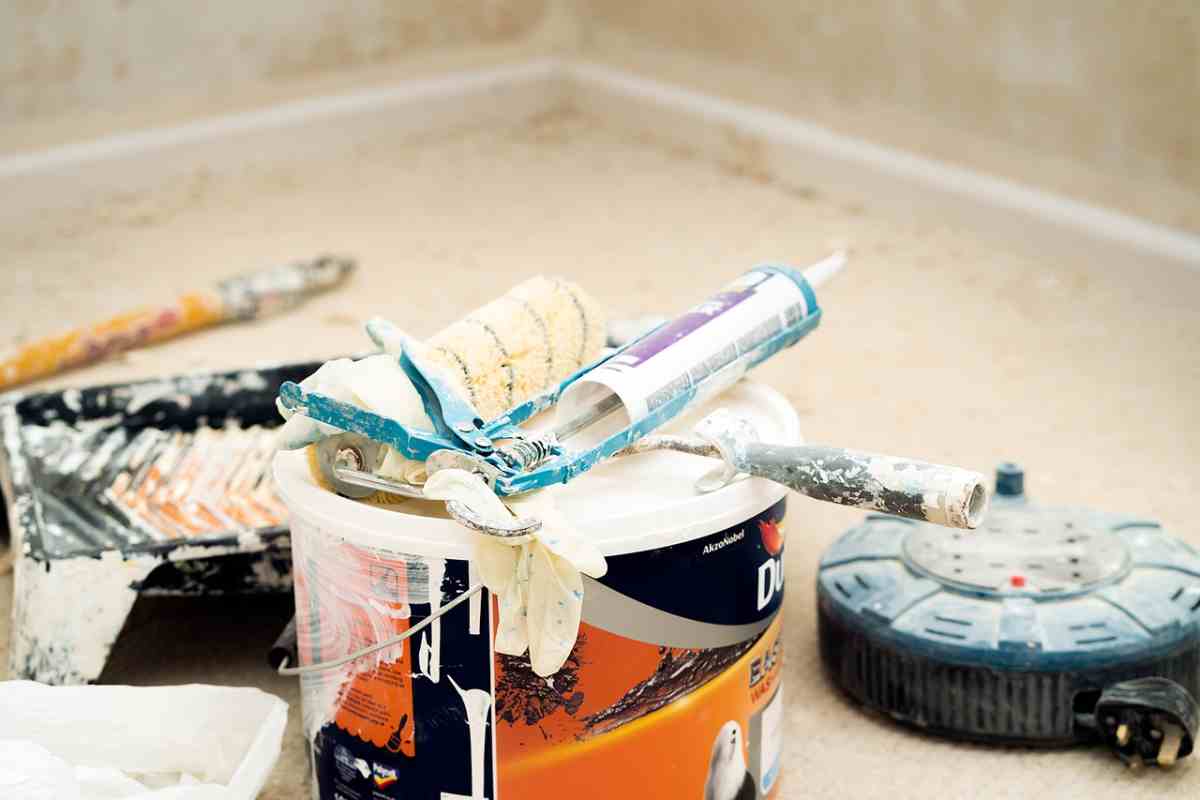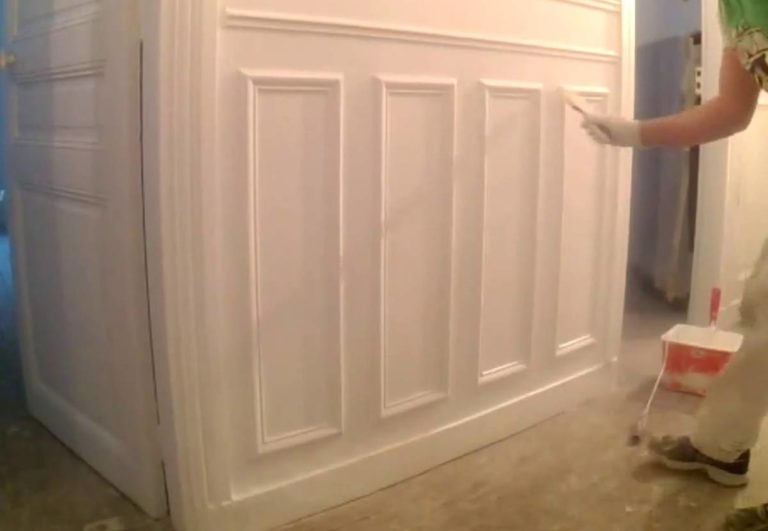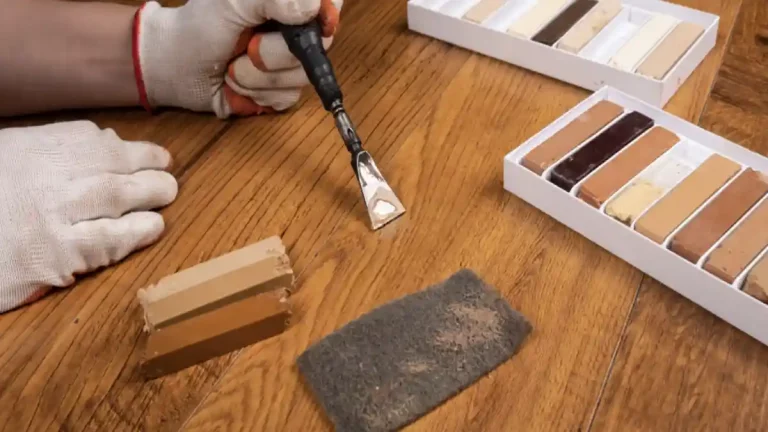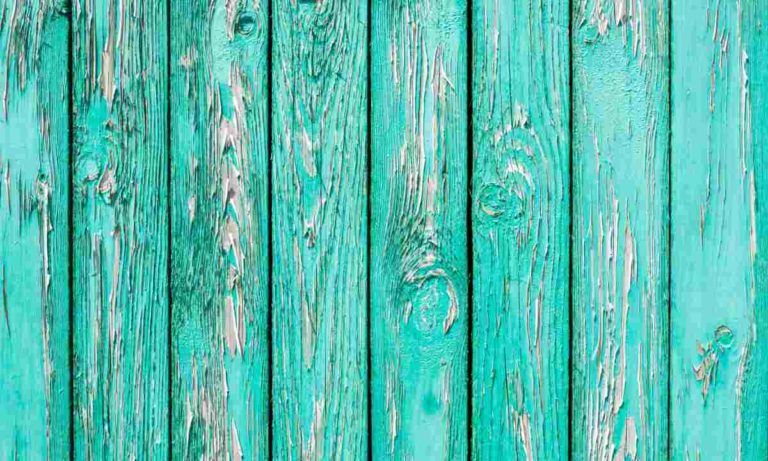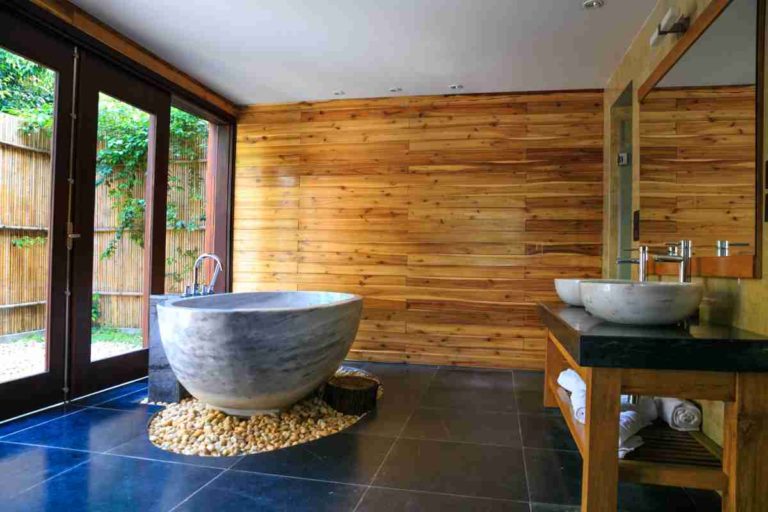Before we begin with the topic, let us know What is caulking? Caulking is a process of filling up gaps in windows, doors, or several other leakages. It is a watertight sealant to protect the house from wear and tear due to water leakage.
Baseboards must be caulked so that there would be no gaps between the wall, baseboards, and the floor. Caulking also prevents baseboards from damage due to water and leakages.
There are several other benefits that you get when it is used home during baseboards
installations — however, the two main reasons for caulking baseboards.
Exquisite Look
Have you ever seen a space between the baseboards? You must have felt how bad that looks. Using caulk for sealing the areas make your home look more beautiful and excels in the appeal of the house.
Damage Protection from water
When you wipe off your floor, a small amount of water can sip between the story and the baseboard. This water can either cause your baseboard to rot from inside or create mold between the baseboard and the wall.
To prevent this from happening, you need to caulk up the spaces between the baseboards and the floor.
Applying Caulk to the Baseboards
Applying caulk to the baseboards is very easy, but where and how to apply caulks make this process a little difficult.
There are three such places where you must apply caulk to baseboards.
Bottom of Baseboards
You have to apply on the floor where baseboards and floor meets. Caulking helps baseboards from damage due to spillage of water.
With time gaps start developing between the floor and baseboards and caulking keep them in control.
Top of Baseboards
The caulk is applied on the top of the baseboards where the baseboard leaves a gap, or the wall creates a gap. The caulk is used on the top of the baseboards to give an Exquisite Look.
Sometimes, when the baseboards don’t touch the wall and create a wide gap, then caulking becomes quite difficult.
Sealing open gaps to stop the entry of insects
The Open gaps and cracks, mainly near the windows, can allow entry of insects into the house. These insects can make their hideouts in the cracks.
You can use sprays and powders to keep them away, but you will have to do it repeatedly month after month.
However, caulking is easy to do, one-time expense, and you don’t have to worry about insects for years once to seal the gaps and cracks.
There are some contrary that caulking is not effective. Change in seasons can lead to contraction and expansion of baseboards due to change in temperatures.
If you are into a new house, the structure of house changes after a few years, the change in structures can remove the caulks, and baseboards can retract from the wall.
But using the appropriate caulk can take away all your worries, and you would see that the benefits of caulking baseboards outweigh all the concerns.
Wood always changes its structure due to the changes in temperature and humidity. Moist areas will lead to the expansion of the baseboards.
Using flexible material for caulking would prevent the caulk from breaking. This will expand and contract with the baseboard, so use a flexible caulking material and forget the use of sprays and powders to prevent bug invasion.
Using the Appropriate Caulking Material
There are a lot of different types of caulks available in the market, and these all can get you confused.
To make it simple, I have sorted out into three different types, and these three are the most important of all.
Latex Caulk
These type of caulks are fit for sealing up the cracks as it dries in a very short duration of time. They are mostly used for indoor caulking activities. They have low odor and can be painted in different colors.
However, they are not highly durable and wear out quickly with changes in temperature and weather.
Acrylic latex Caulk
This type of caulk is made from the combination of acrylic and latex. This infusion makes this caulk more durable and flexible. You can use acrylic latex caulk for sealing up the gaps of doors and windows.
However, the acrylic latex caulk is more durable and has longevity; it is not advised to use it in bathrooms and kitchens. These are available in different colors and can also be painted.
Silicone Caulk
These types of caulks are used for non-porous surfaces. If you want to use caulk in bathrooms and kitchens, then these are the best choice. Silicone caulks are flexible and have high resistance to water. They are very flexible even after they dry out completely, do would never see any cracks in these caulks.
Silicone caulks are available in different colors but are not suitable for painting. While applying, you would have to be careful. You would find it difficult to clean it from the surface even by using a cleaning solvent.
Check the video on how to caulk baseboards below.
Do combining different caulks improve caulk properties?
I have seen this question much time of different forums and got a lot of misleading information. The idea of combining different caulks for improving the properties is not true; it’s a piece of misleading information that can spoil all your hard work.
Each caulk is made with different properties and with an idea to be used on a particular surface. Combining these would yield a product that would not work on any surface or provide any protection. So, use only one type of caulk at a time.
Smoothing the caulk
Always use a wet cloth to wipe out and smoothen the caulking bead. Then wipe it with your finger. The moment you finish the application, smoothen the bead; otherwise, you could not be able to do it once it gets dried out.
Preparing the working area
Always prepare your working area before you start applying caulk to the baseboards.
Any leftover particle on the baseboard can make the caulks appear unsightly. If dust particles accumulate with the caulk, then the sticking properties of the caulk get hampered.
Remove the Obstructions
Caulking is easy, but it takes a lot of time. You would not want to redo the same tedious task again and again. So, eliminate any obstruction that can make the job more challenging and frustrate you.
Check this article to do it yourself properly.
Therefore, remove the furniture from the work area and keep children and pets away. Keep water, homemade cleaner, rags, etc. handy with you.
There are chances that mistakes occur at the time of caulking, and then you can use water and rags to rectify it.
When using silicone caulks, always keep household cleaner handy. These caulks are impossible to be cleaned by water alone.

